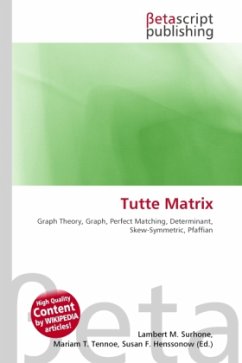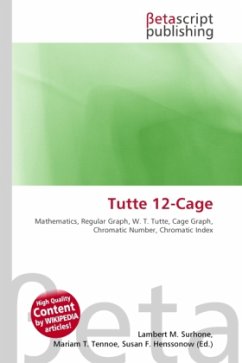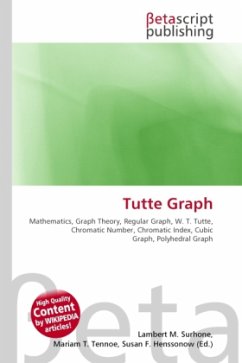High Quality Content by WIKIPEDIA articles! In the mathematical discipline of graph theory the Tutte theorem, named after William Thomas Tutte, is a characterization of graphs with perfect matchings. It is a generalization of the marriage theorem and is a special case of the Tutte-Berge formula.A given graph G= left( V, E right) has a perfect matching if and only if for every subset U of V the number of connected components with an odd number of vertices in the subgraph induced by V setminus U is less than or equal to the cardinality of U.Consider a graph G, with a perfect matching. Let U be an arbitrary subset of V. Delete U. Consider an arbitrary odd component in G-U,;C . Since G had a perfect matching, at least one vertex in C must be matched to a vertex in U. Hence, each odd component has at least one vertex matched with a vertex in U. Since each vertex in U can be in this relation with at most one connected component (because of it being matched at most once in a perfect matching), o(G-U)le U .
Bitte wählen Sie Ihr Anliegen aus.
Rechnungen
Retourenschein anfordern
Bestellstatus
Storno








